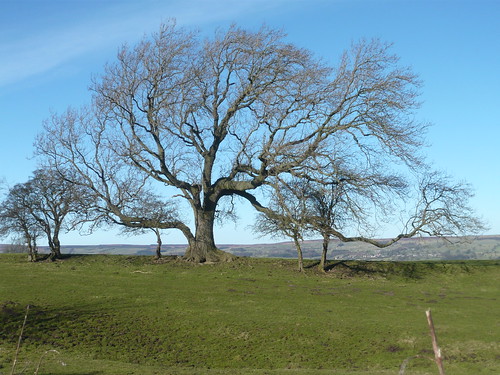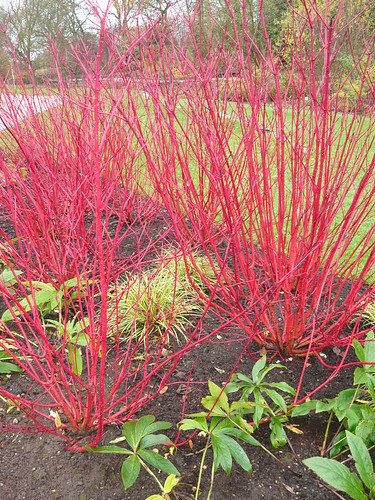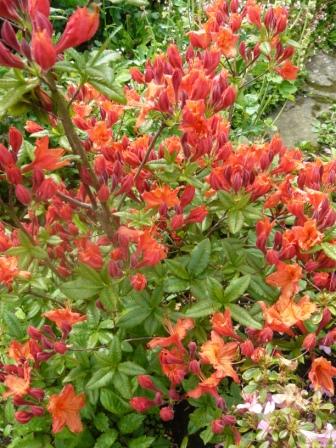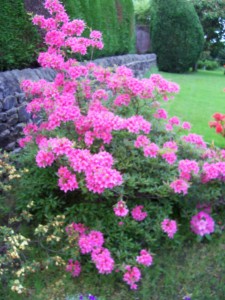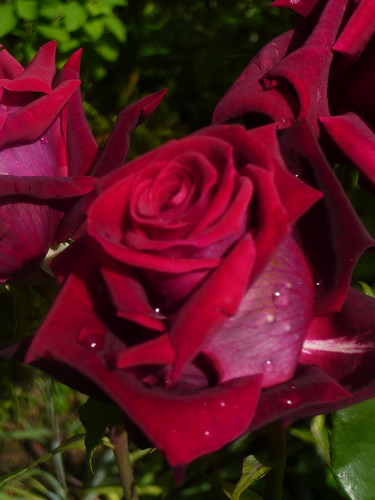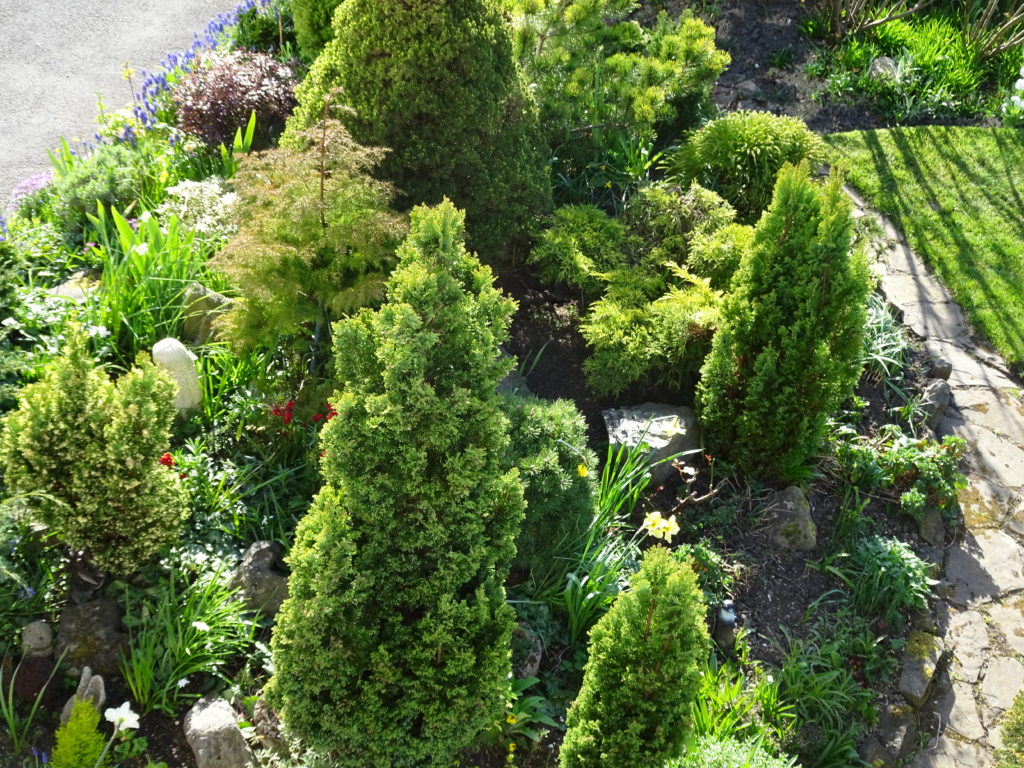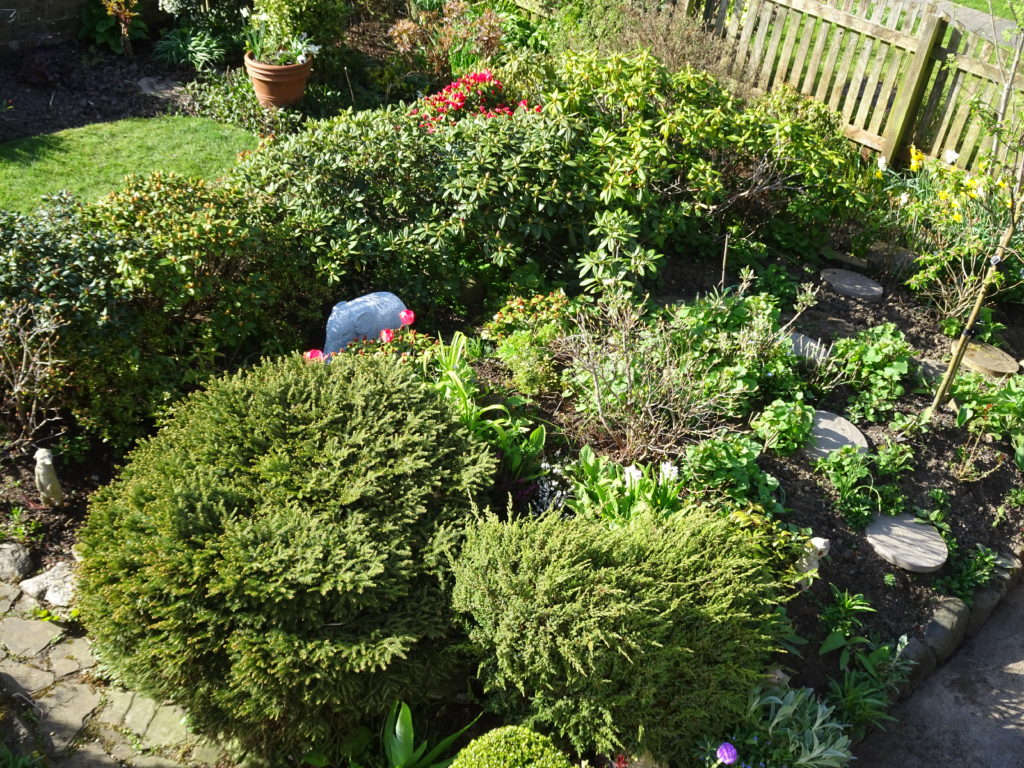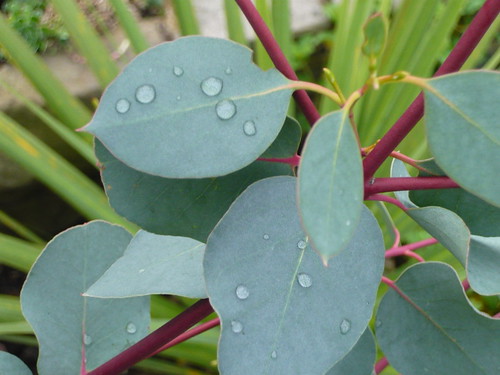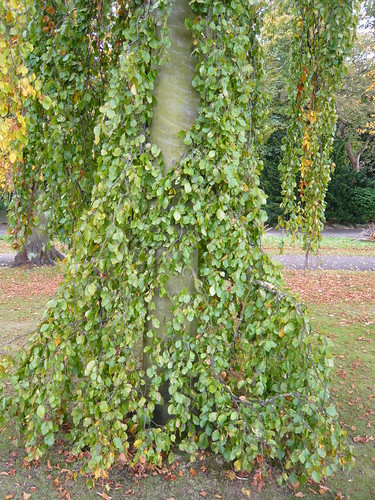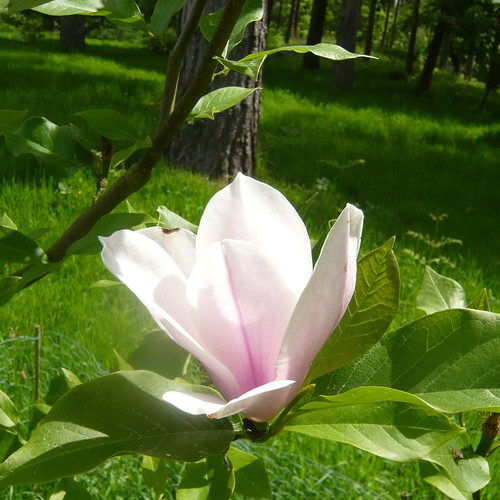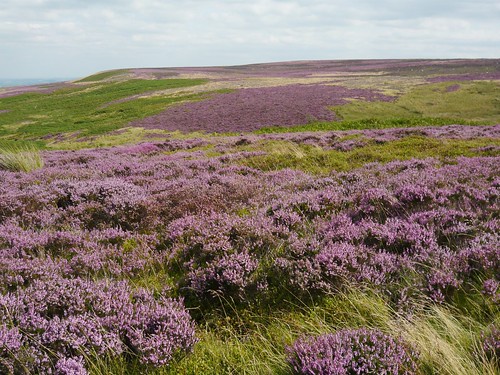
‘Do not forget to pause and smell the flowers’ is an injunction oft repeated but it could also apply to pausing to inspect the flowers. It is easy to see the brash flowers of Dahlias, Peonies of Delphiniums for instance but close inspection of the petal-pattern or the individual florets can open up a new view of gardening.
One flower that fascinates me is the Cyclamen with the nodding head that straightens to a twist of petals what slowly untwist to reflex the petals back towards the stem. A fascinating natural process to observe. Look out for other dwarf bulbs including Crocus chrysanthus, Eranthis hyemalis (yellow aconite), Oxalis and Grape Hyacinth.
For structure in a miniature garden you can do a lot worse than Dwarf Conifers but be wary of slow growers that will eventually dominate like Juniper horizontalis and Chamaecyparis lawsoniana ‘Ellwoods Gold’.
Dwarf Conifers under 18″
- Juniper communis Compressa is recognised as one of the best conifers for creating a miniature landscape with its slender spire of tightly packed grey-green foliage.
- Abies balsamea Hudsonia grows to 12″
- Chamaecyparis lawsoniana ‘Minima Aurea’ has wonderful golden foliage in a dense conical bush. Chamaecyparis lawsoniana Pygmaea Argenta also tops out at a similar 24″ but is blueish green with creamy white tipped shoots.
- Juniper squamata Blue Star is a spreading 10″ high contrast to yellow leaved conifers.
- Thuja occidentalis Danica is a neat bush with bronzed winter tints.
It pays to think small and to look closely. If you are limited for space it may pay to create a garden in miniature selecting all the small species you would like to see in Acres of space.
